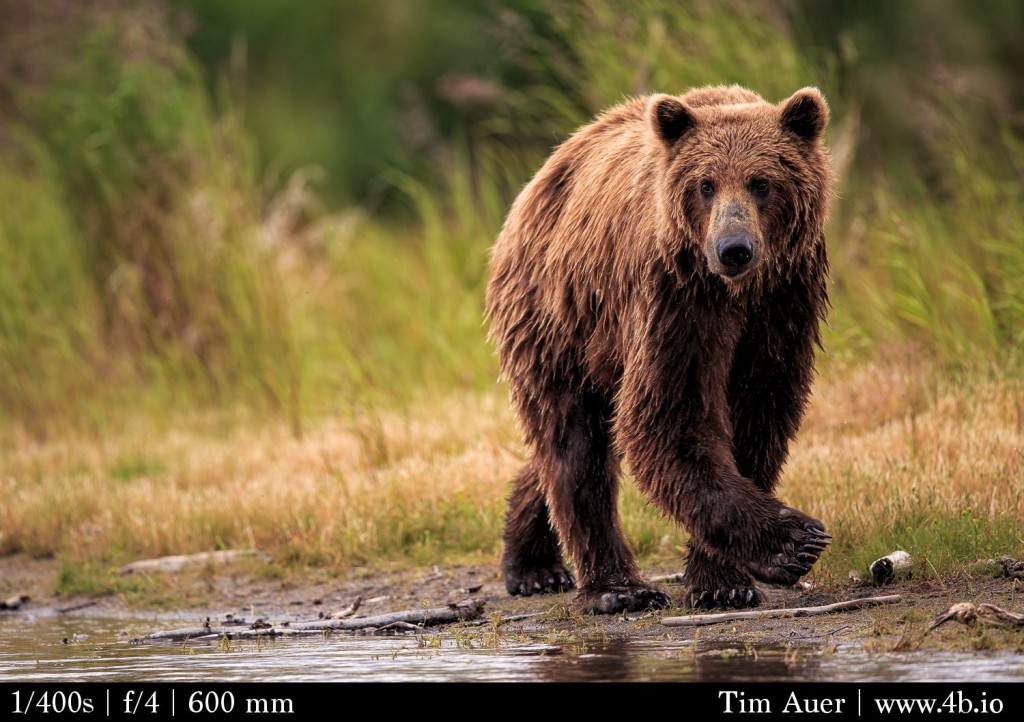And so to the Alaska Peninsula we come, seeking the limits of the known world at the ends of the Earth…A cloud-cloaked landscape, the Alaska Peninsula is accessible only by air or water.
– John Grabowska, Katmai, 2013. Alaska Peninsula
The McNeil River portion of the trip will consist of 5 days off the grid, without running water or electricity dropped by a sea-plane in a (relatively) remote corner of Alaska that is crawling with brown bears…sounds like the perfect way to celebrate Jenna’s birthday!
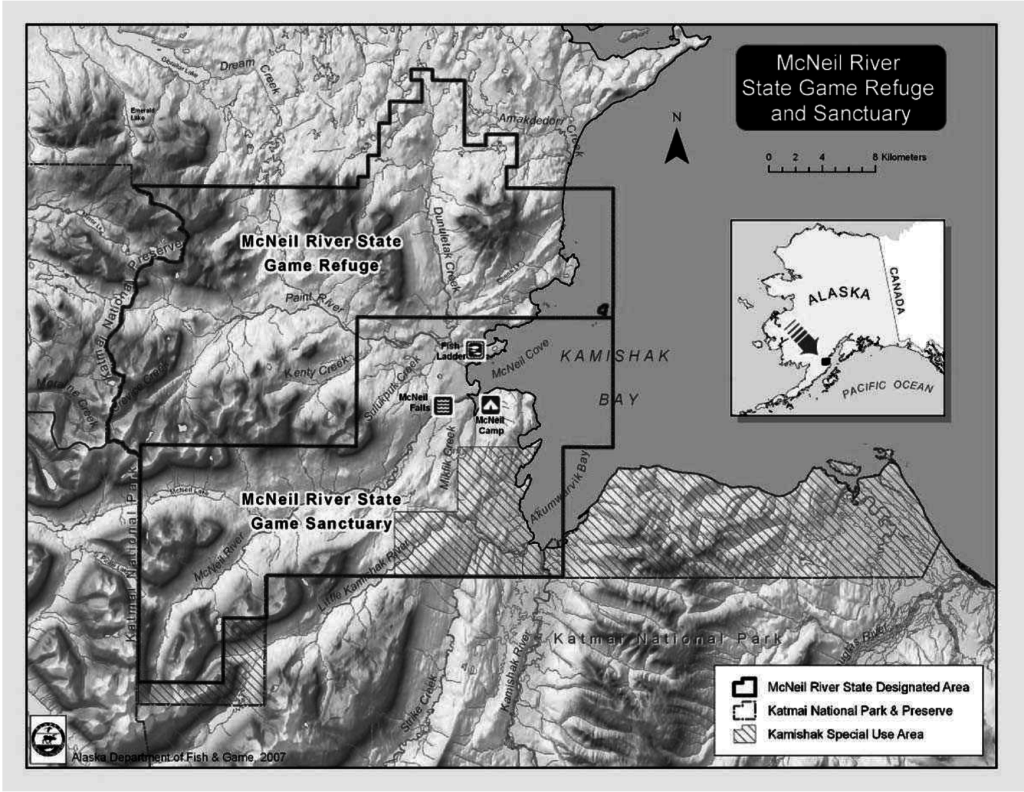
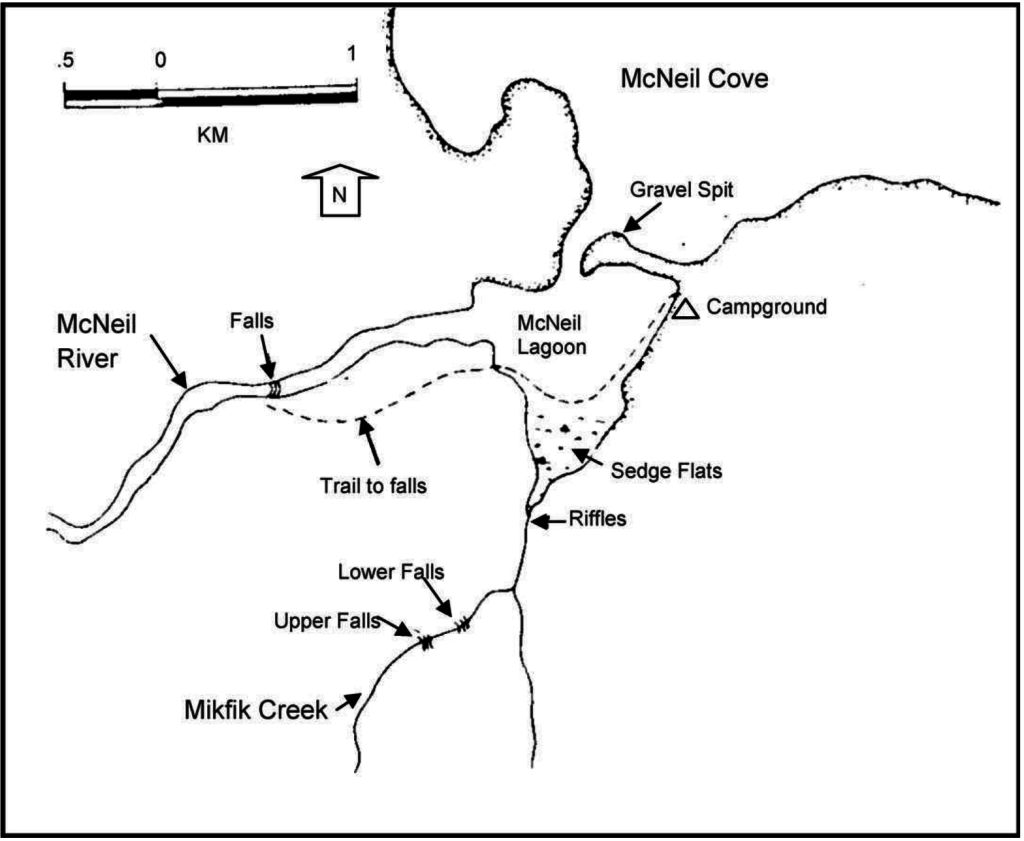
McNeil River Game Sanctuary is about 210 miles southwest of Anchorage down the Alaska Peninsula, and 100 miles west of Homer (where we are coming from) across the Cook Inlet. The Game Sanctuary portion of the McNeil River State Park consists of the McNeil River and Mikfik Creek drainages. Near the beach where we will camp is McNeil Lagoon, which is formed by a long spit that almost entirely separates the lagoon from Kamishak Bay, an arm of the Cook Inlet. Both McNeil River and Mikfik Creek drain into the lagoon, which is channeled mud flats at low tide and entirely submerged at high. Due to the drastic variation in tides here, our seaplane landing/departure must coincide with the high tide (SELLERS, R.A., AND L.D. AUMILLER. 1993).
McNeil River is most famous for its high density of brown bears gathering to feed at the McNeil Falls during the peak of the Chum salmon run in July. (PEIRCE, J., et al. 2013.)
The Chum salmon run isn’t the motivation behind our mid-June trip…but observing early season bear behavior is. This means, God willing, spring cubs and families, mating, and territorial disputes.
Historically, bears begin to arrive each year to McNeil in late May, immediately concentrating their feeding on the protein rich sedge flats. This food source is readily available this time of year, and a bear goes where the food is. A few weeks later they capitalize on an early run of red sockeye salmon in Mikfik Creek in June. The feeding behavior shifts in late June to mid-July to coincide with the chum salmon run in McNeil River (SELLERS, R.A., AND L.D. AUMILLER. 1993).
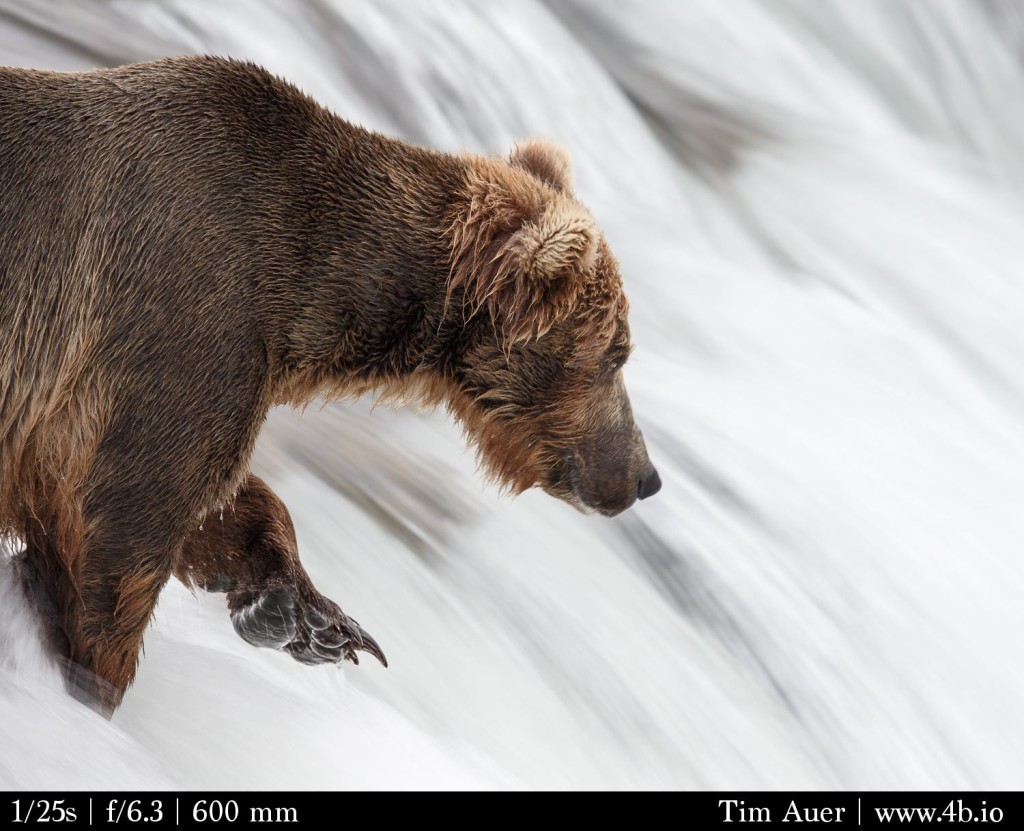
With regard to our trip, we have chartered a 3-seat plane out of Homer, scheduled to depart in the late evening on June 10, arriving to McNeil at the high tide. There we will meet our guides and the 7 other visitors we will share the park with. The biggest constraint on this trip, when compared to others, is the weight restriction of our tiny aircraft. We are permitted a payload of 775 lbs for gear and people. Quite the challenge, considering I can easily bring upwards of 70-80 lbs of camera gear alone, not accounting for other  necessities, such as tents, clothing, and food. However, as this is Alaska, you are wise to must prepare for the worst and expect it. If we are lucky, the days will be spent viewing bear cubs playing in the warm sun surrounded by mosquito-free air. While I hope a few of the days are like this, it would be unreasonable to plan on it.
necessities, such as tents, clothing, and food. However, as this is Alaska, you are wise to must prepare for the worst and expect it. If we are lucky, the days will be spent viewing bear cubs playing in the warm sun surrounded by mosquito-free air. While I hope a few of the days are like this, it would be unreasonable to plan on it.
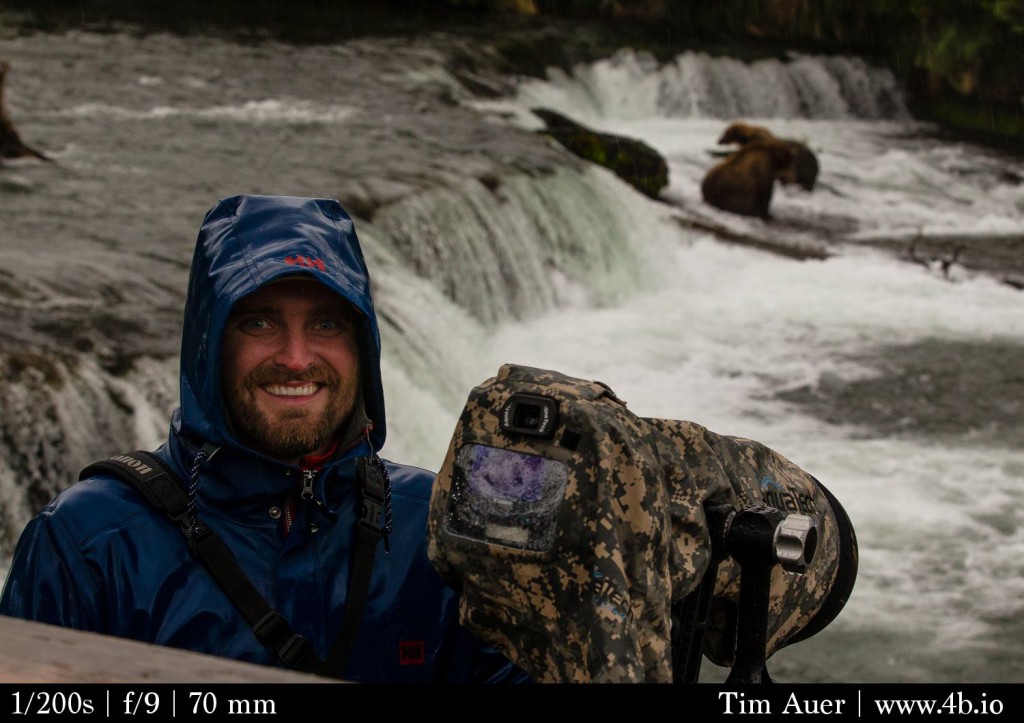
Given the current weather forecasts, we should expect a significant amount of rain during our time in the far north….we are prepared, and so are our cameras.
[The Alaska] peninsula endures a maritime climate described as “notoriously miserable”: long winters, cool summers, frequent storms . . . and sudden bursts of wind called williwaws — so fierce, bush pilots say, they can rip the numbers off a plane.” – Grabowska, John. 2013.)
Literature Cited:
Grabowska, John. 2013. Katmai: Ends of the Earth. Alaska Peninsula.
PEIRCE, J., et al. 2013. Interactions between brown bears and chum salmon at McNeil River, Alaska. Ursus Journal 24(1):42–53.
SELLERS, R.A., AND L.D. AUMILLER. 1993. Brown bear population characteristics at McNeil River, Alaska. International Conference on Bear Research and Management 9(1):283–293.
SCHEMPF, J.H., AND J. MEEHAN. 2008. McNeil River State Game Refuge and State Game Sanctuary management plan. Alaska Department of Fish and Game, Special Publication No. 08-01, Anchorage, Alaska, USA.


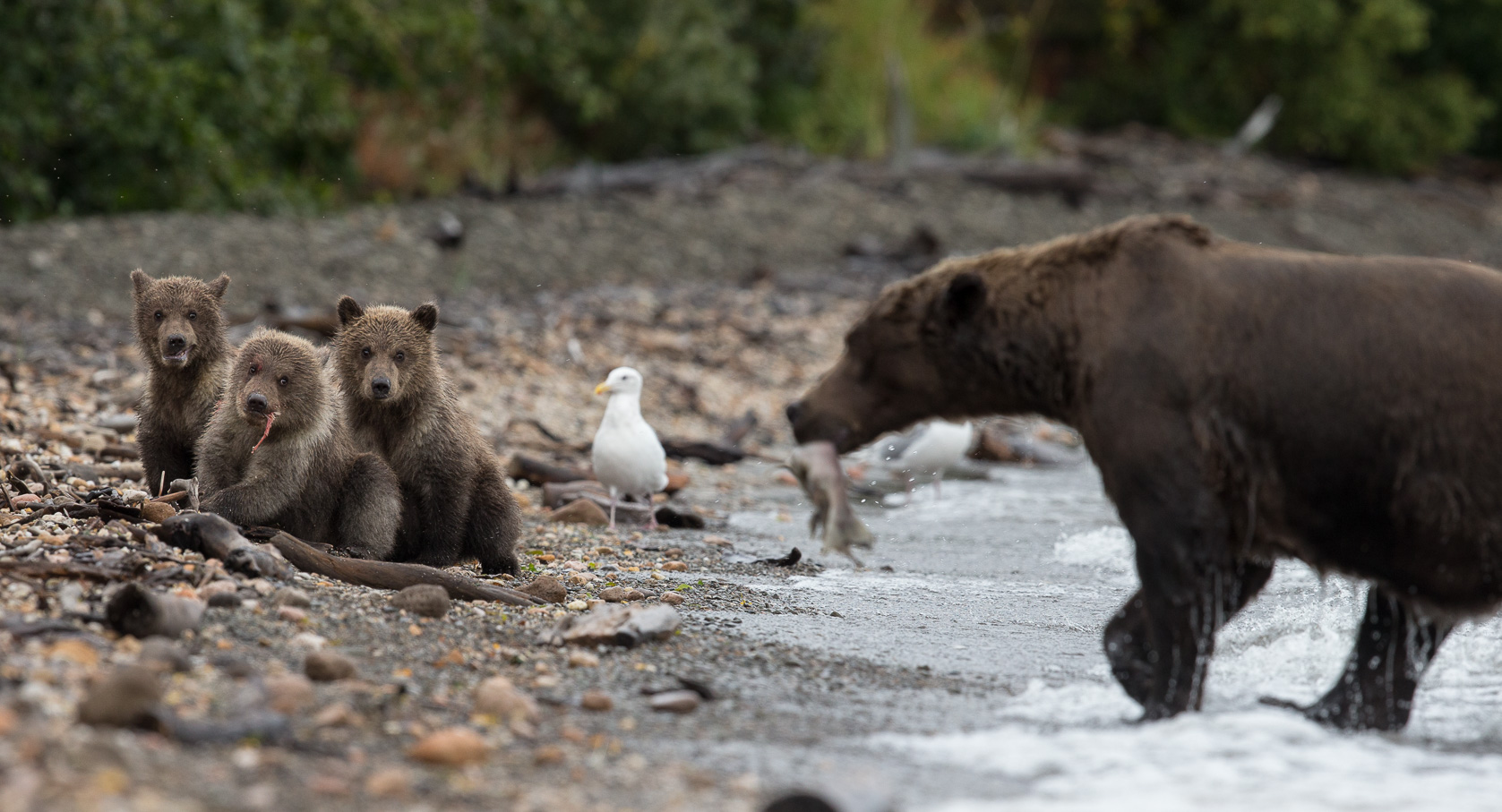
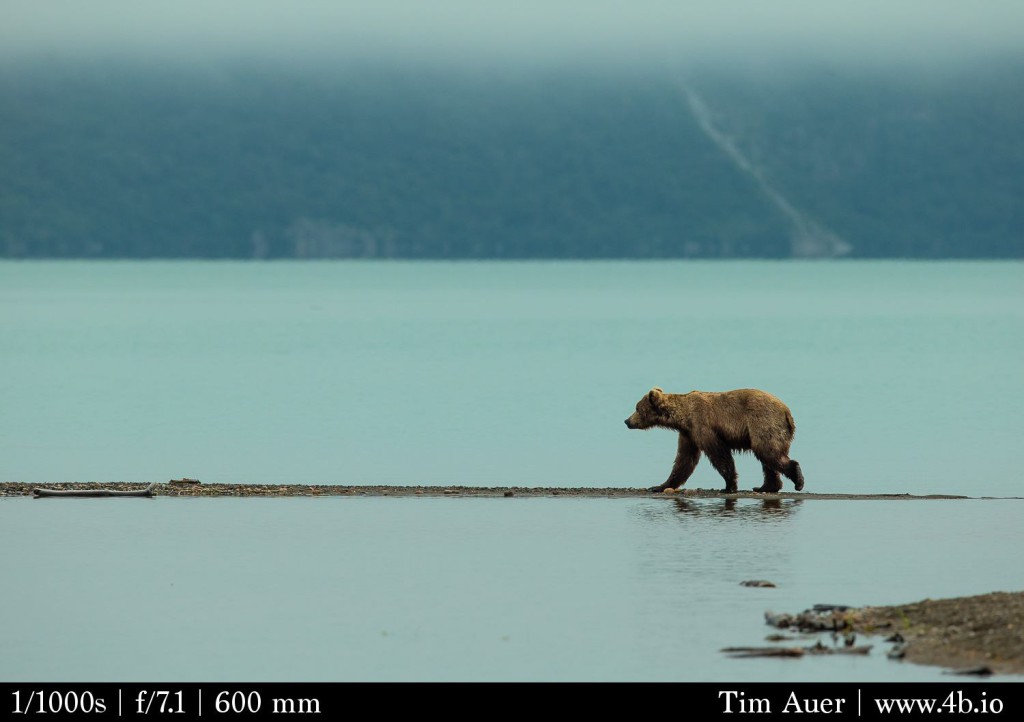
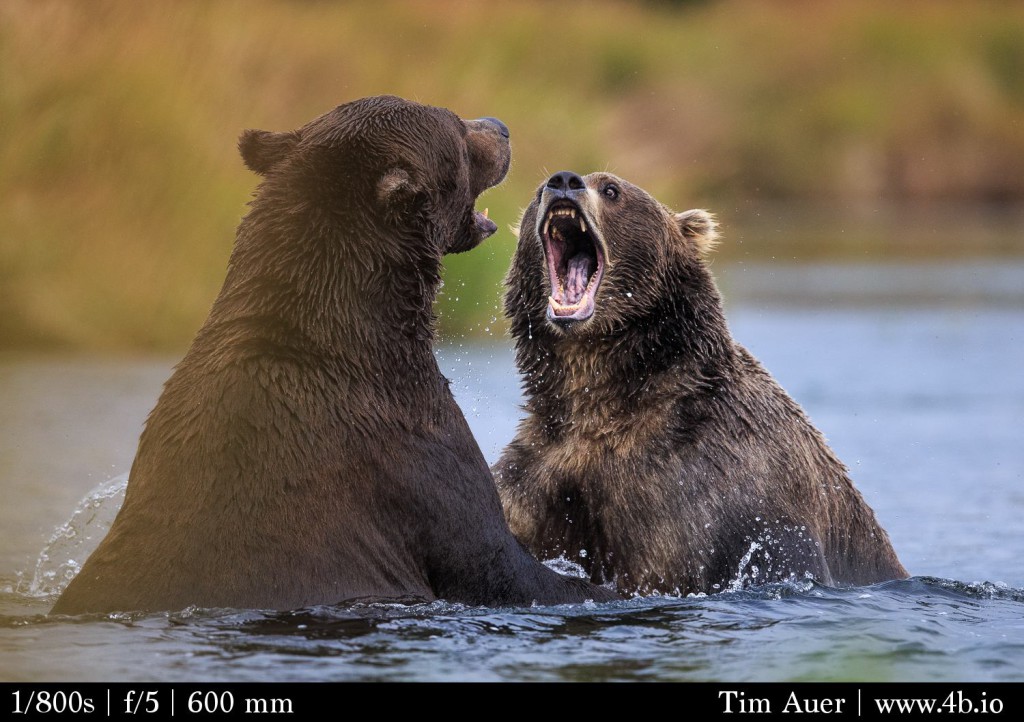 he midst of thousands of coastal brown bears.
he midst of thousands of coastal brown bears.